We may earn money or products from the companies mentioned in this post. This means if you click on the link and purchase the item, I will receive a small commission at no extra cost to you ... you're just helping re-supply our family's travel fund.

Adventure travel in 2026 favors experiences that feel intentional instead of reckless. Travelers want stories they can stand by: meals with origin, trails with context, guides who live where they work, and challenge that respects real limits. Operators respond with smaller groups, clearer routes, and safety that is explained, not hidden in fine print. The result is not softer dreams, just smarter ones, where awe comes with accountability and every hard-won view still feels human. Curiosity leads; spectacle follows, carefully.
Deep Food Trails As The Anchor
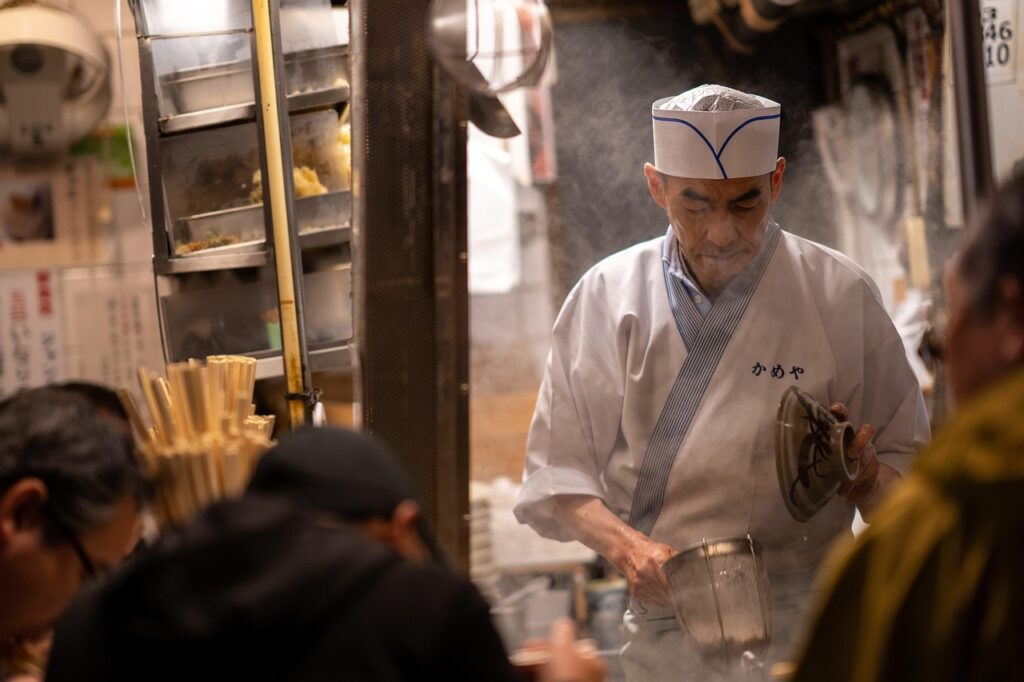
Food is no longer a side quest; it drives the map. Travelers choose regions for farm kitchens, smokehouses, noodle stalls, and grandmother recipes that explain history better than any plaque. The strongest trips weave in markets at dawn, long tables at dusk, and hosts who name producers by memory. Adventure here is tasting what locals trust, not chasing the loudest review. As demand rises, small towns with honest kitchens gain attention, and quick, shallow food stops start to look thin.
Soft Thrills For Real-Life Bodies

Soft adventure hits a sweet spot for people who want movement without hospital stories. Think canyon walks, ridge picnics, gentle rafting, e-bikes that flatten climbs, and first-time via ferrata with real guides. It respects different fitness levels inside one family or friend group. The rush is measured in shared nerves, good sleep, and a memory that feels repeatable, not like a one-off dare. Operators who script exit plans, shade breaks, and honest briefing chats quietly become the default choice.
Small-Group Trips With Local Hands On The Wheel
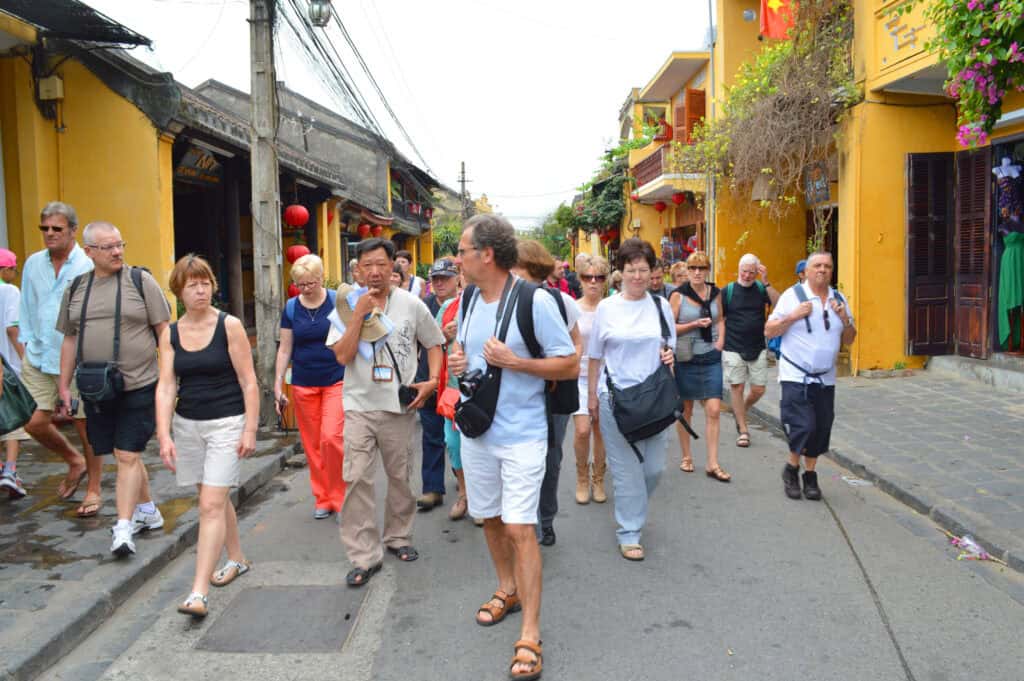
Group trips shrink in size while growing in depth. Travelers favor outfits where the lead guide lives nearby, knows landowners by name, and can pivot when storms, closures, or community needs change. Money flows through village guesthouses, fishing co-ops, drivers, and cooks instead of vanishing into far offices. That structure builds accountability on both sides and gives each region a clear voice in how adventure looks. It feels less like consuming a route and more like being invited along one.
Slow Routes, Rail Lines, And Linked Loops
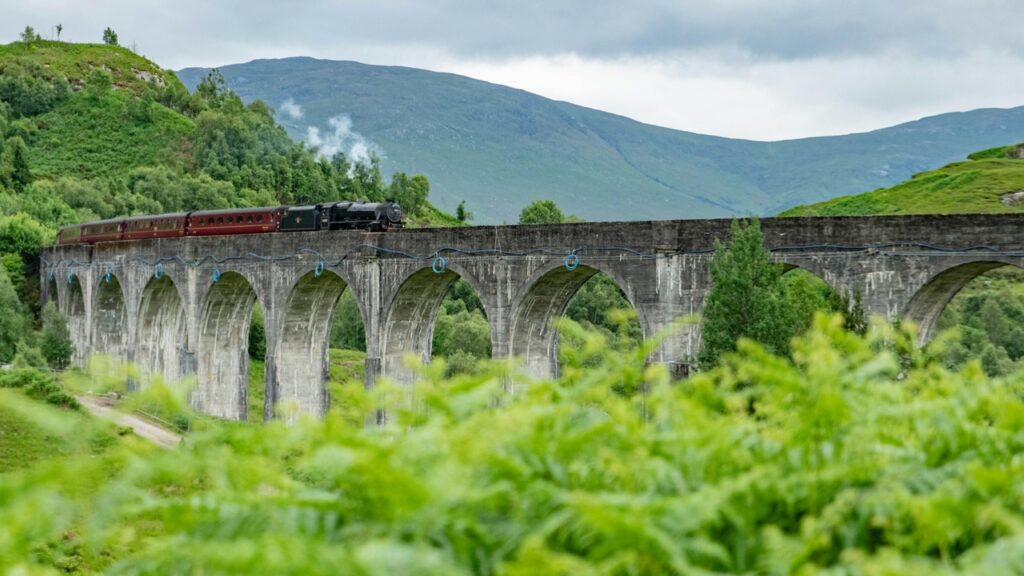
Many 2026 trips trade airport sprints for stitched routes that follow rivers, coasts, and rail lines at a human pace. One long-haul flight anchors a circuit of sleeper trains, ferries, bikes, and walks between towns that rarely see tour buses. This pattern softens emissions, spreads income, and lowers stress. The journey itself becomes the highlight, not just a bridge between crowded hot spots. It rewards travelers who care where time goes, not only miles.
Wilderness With Clear Safety Lines
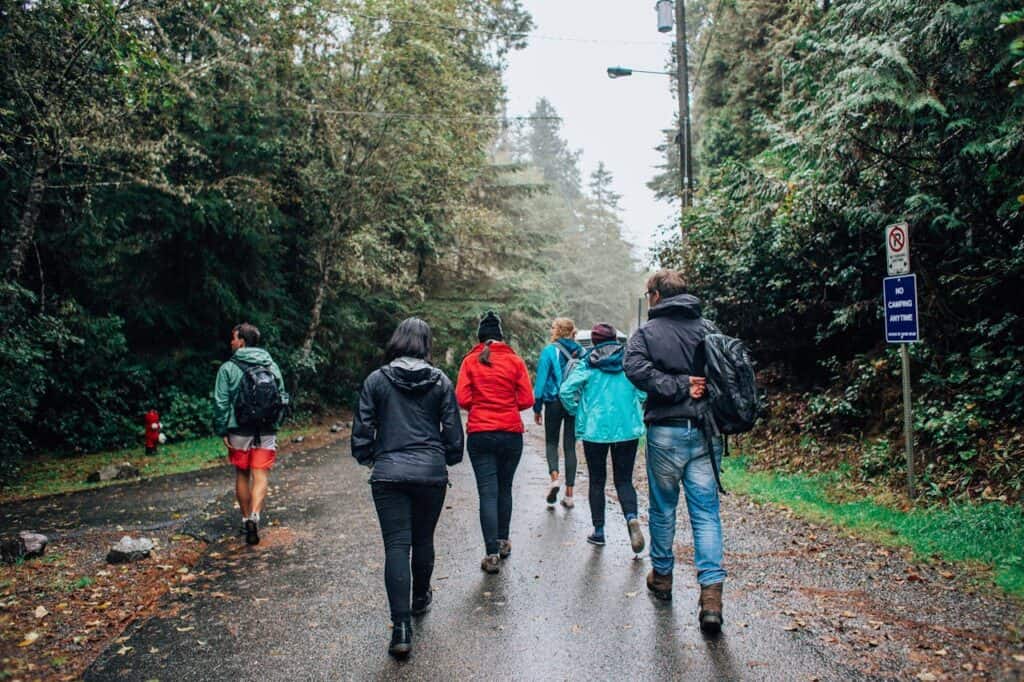
High routes, deep canyons, and remote rivers still call strongly, but the romance of ignoring risk has worn thin. Guides now publish weather rules, turnaround times, communication tools, and evacuation options in plain language. Serious guests welcome it; they want to know who is responsible when conditions tilt. Regions that treat briefings as storytelling, not scolding, keep both freedom and trust intact on the trail. The payoff is simple: fewer surprises, cleaner decisions, stronger respect all around.
Accessible Adventures That Mean It
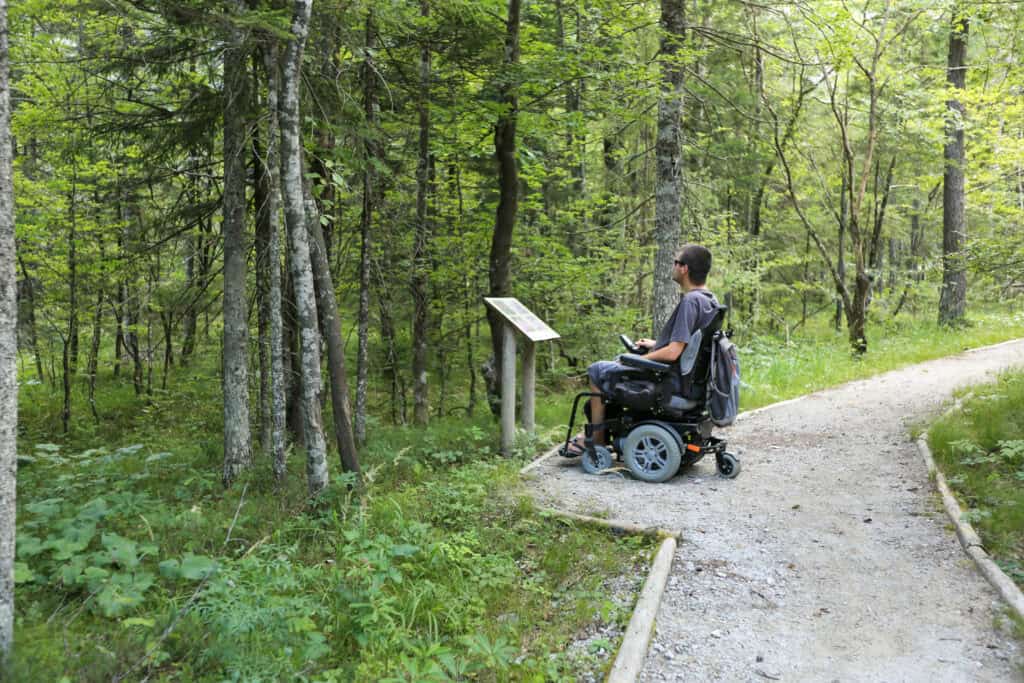
Accessibility steps out of the footnote and into the core plan. Outfitters add adaptive bikes, sit-skis, detailed terrain notes, captioned briefings, and calm sensory zones, not as PR but as baseline competence. Trails, reefs, and ridges open to travelers who were sidelined for years. When elders, wheelchair users, and neurodivergent guests are present from day one, the entire group dynamic changes for the better. Inclusion stops being slogan and becomes simple good hosting with real outcomes.
Nocturnal Nature And After-Dark Calm

Night adventures move from niche to centerpiece. Dark-sky reserves, moonlit kayak runs, guided stargazing on desert plateaus, and quiet city history walks give travelers cooler air and smaller groups. Thoughtful lighting and wildlife rules keep ecosystems protected while nerves stay alert in a good way. These hours feel cinematic without pyrotechnics, and often become the part of a journey people talk about longest. It is adventure tuned to listening rather than simply chasing views.
Hybrid Work, Long Stays, And Real Basecamps

Flexible work keeps feeding long-stay basecamps in mountain towns, surf coasts, and compact cultural hubs. Travelers log in on weekdays, then stack serious hikes, dives, or rides into weekends without constant packing. Local cafes, rentals, and guides gain repeat faces instead of one-night passes. Reliable internet and respectful behavior decide which places thrive instead of feeling drained by semi-resident guests. Done well, it feels like a steady exchange, not a takeover.
Regenerative Trips With Community In Charge

A growing share of adventures now ask bluntly who benefits. Travelers book lodges owned by local families, pay visible conservation levies, and spend days planting, monitoring, or repairing rather than only taking photos. Communities choose caps on numbers and behavior, and operators back them in writing. The trips that sell out are the ones where that structure is clear from the first page. Adventure becomes part of keeping places alive, not slowly hollowing them out.
Skill Camps, Micro-Challenges, And Lasting Nerve
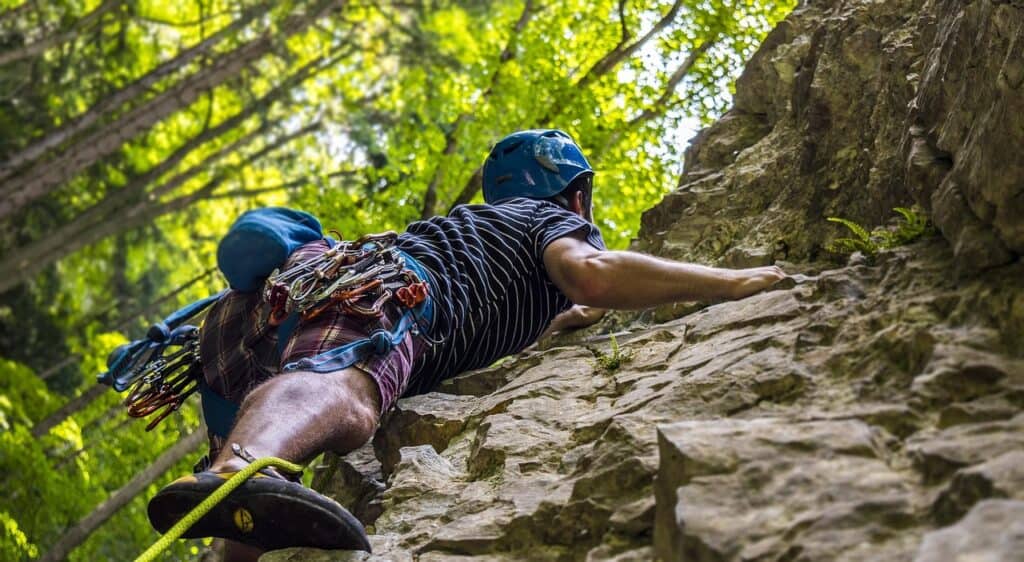
Skill-focused trips trade bragging for competence. Avalanche courses, navigation weekends, climbing clinics, free dive training, and bikepacking labs blend classroom clarity with field time. Days include real effort, recovery, and decent food so lessons actually sink in. Travelers leave with habits and judgment that carry into future routes, making harder objectives possible without crossing into recklessness. The souvenir is confidence, which quietly reshapes what feels within reach next.